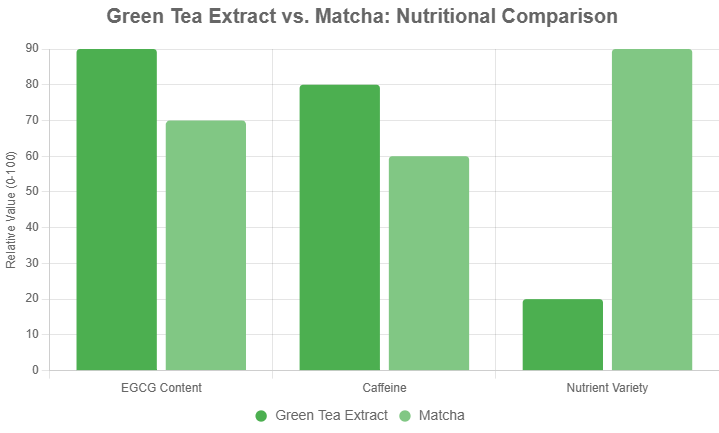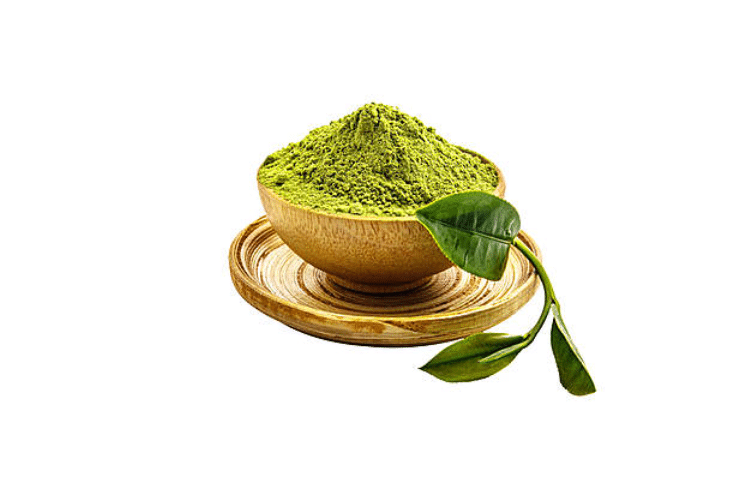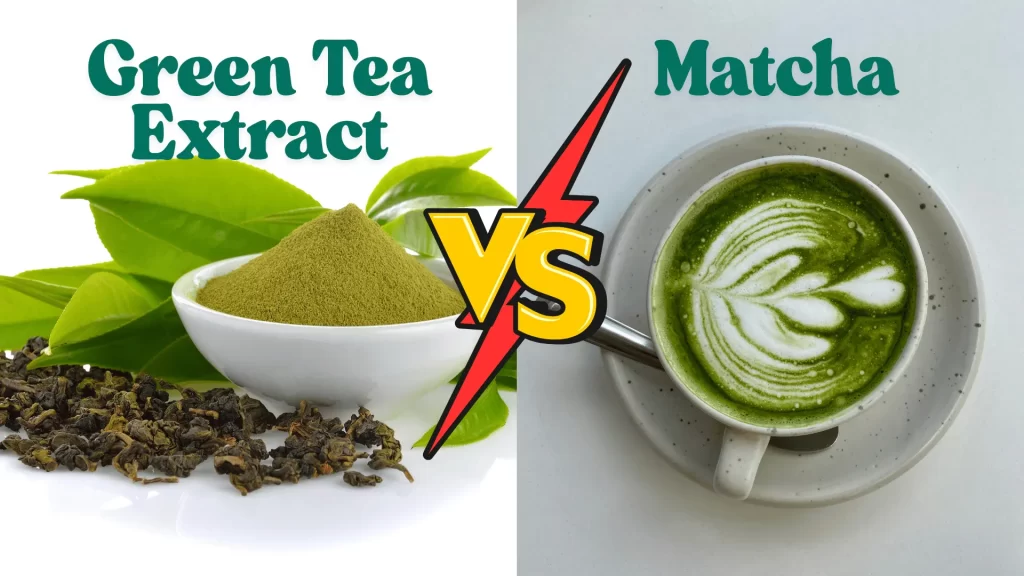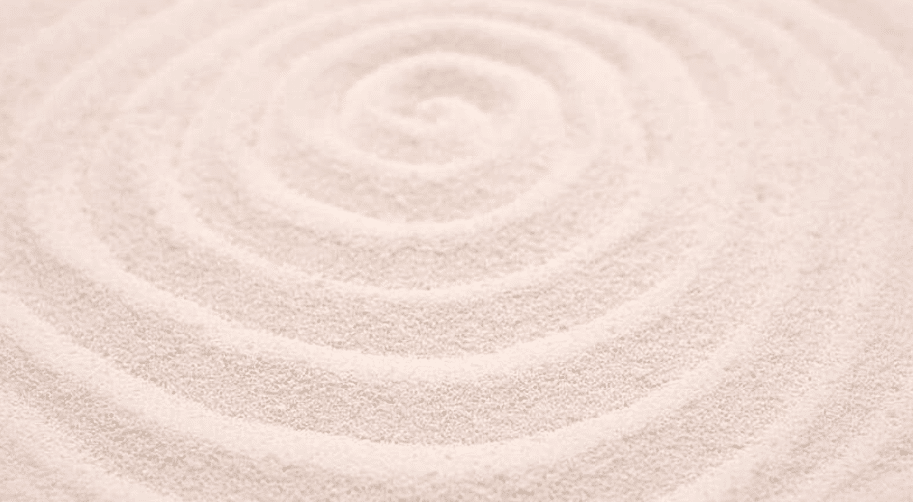Introduction
Green tea has become a global favorite for its health benefits, from boosting metabolism to fighting oxidative stress. Two popular forms—green tea extract and matcha—stand out in the wellness world, but what sets them apart? Whether you’re a fitness enthusiast looking for a supplement or a health-conscious foodie seeking a nutrient-rich drink, understanding the differences between green tea extract and matcha can help you make an informed choice. And Both Belong To herb extracts. This article breaks down their unique qualities, compares their benefits and drawbacks, and guides you toward the best option for your lifestyle. Let’s dive into the world of green tea to discover which form suits your needs.
Green Tea Extract vs Matcha: Key Differences
At their core, green tea extract and matcha both come from the Camellia sinensis plant, but their production and use differ significantly:
- Green Tea Extract: A concentrated form of green tea’s active compounds, primarily catechins like epigallocatechin gallate (EGCG). It’s made by extracting and purifying these components into powders or capsules, often used as dietary supplements.
- Matcha: A finely ground powder of whole green tea leaves grown under shade to boost nutrient content. Consumed as a beverage or ingredient, matcha delivers the entire leaf’s nutrients.
The processing methods shape their differences. Green tea extract undergoes chemical extraction to isolate potent antioxidants, making it a targeted supplement. Matcha, on the other hand, is minimally processed, retaining a broader nutrient profile. While extract is convenient for quick supplementation, matcha offers a culinary experience with a traditional appeal. These distinctions influence their health benefits, usage, and cost, which we’ll explore in detail.

What Is Green Tea Extract?
Green tea extract is a concentrated supplement derived from green tea leaves. Through a process of steaming, drying, and chemical extraction, manufacturers isolate key compounds like EGCG and caffeine. The result is a potent product available as capsules, powders, or liquid, commonly used in dietary supplements, energy drinks, or weight-loss products.
Nutritional Profile
- Primary Component: EGCG, a powerful antioxidant linked to fat metabolism and heart health.
- Other Nutrients: Minimal amounts of vitamins, minerals, or fiber due to the extraction process.
- Caffeine: Varies by product, typically 20-100 mg per serving.
Common Uses
Green tea extract is popular among those seeking targeted health benefits, such as fat burning or antioxidant support. Its standardized dosing makes it easy to incorporate into a busy lifestyle, often in capsule form for convenience.
Market Appeal
Extracts are affordable and widely available, appealing to fitness enthusiasts or those prioritizing specific health outcomes over a holistic approach.
What Is Matcha?
Matcha is a vibrant green powder made from shade-grown green tea leaves. Farmers cover the tea plants for weeks before harvest to enhance chlorophyll and nutrient levels. After steaming and drying, the leaves are ground into a fine powder, preserving their full nutritional content. Matcha is consumed by whisking it into hot water or blending it into lattes, smoothies, or desserts.

Nutritional Profile
- Key Components: Catechins (including EGCG), L-theanine (promotes calm focus), fiber, vitamins A and C, and chlorophyll.
- Caffeine: About 35-70 mg per teaspoon, paired with L-theanine for sustained energy without jitters.
- Antioxidants: High Oxygen Radical Absorbance Capacity (ORAC) score due to whole-leaf consumption.
Common Uses
Matcha is versatile, used in traditional tea ceremonies, modern beverages, or culinary recipes. Its rich flavor and vibrant color make it a favorite for health-conscious foodies and those seeking a mindful drinking experience.
Market Appeal
Premium matcha, especially from Japan (e.g., Uji or Kagoshima), is pricier due to its labor-intensive production. Its popularity stems from its nutrient density and cultural allure.
Detailed Comparison: Green Tea Extract vs. Matcha
To choose between green tea extract and matcha, let’s compare them across key factors:

Nutritional Completeness
- Green Tea Extract: Offers high doses of EGCG but lacks the broader nutrient profile of whole tea leaves. It’s ideal for targeting specific benefits like fat oxidation.
- Matcha: Provides a full spectrum of nutrients, including fiber, vitamins, and L-theanine, making it a more balanced option for overall wellness.
Absorption and Effects
- Green Tea Extract: Absorbed quickly due to its concentrated form, delivering rapid antioxidant effects. Best for short-term, high-impact supplementation.
- Matcha: Nutrients are released more slowly as the whole leaf is consumed, offering sustained benefits over time. L-theanine and caffeine work together to enhance focus without crashes.
Taste and Experience
- Green Tea Extract: Typically tasteless in capsule form or slightly bitter in powder form, with no culinary appeal.
- Matcha: Offers a rich, umami flavor with a creamy texture when prepared properly, enhancing the drinking experience.
Cost and Accessibility
- Green Tea Extract: Affordable (often $10-20 for a month’s supply) and widely available in pharmacies or online.
- Matcha: Premium ceremonial-grade matcha can cost $1-2 per gram, with lower-grade options more budget-friendly but less nutrient-dense.
Scientific Backing
Studies show both forms deliver antioxidants, but their impact varies. A 2018 study in Nutrients found green tea extract’s EGCG supports weight loss and heart health (DOI: 10.3390/nu10060725). Matcha’s broader nutrient profile, including L-theanine, promotes cognitive function and stress reduction, per a 2017 study in Food Research International (DOI: 10.1016/j.foodres.2017.05.023). Matcha’s ORAC score is higher due to whole-leaf consumption, making it a stronger overall antioxidant source.
Below is a concise table summarizing the key differences between green tea extract and matcha, optimized for clarity and easy comparison.
| Aspect | Green Tea Extract | Matcha |
|---|---|---|
| Definition | Concentrated supplement of green tea’s active compounds (e.g., EGCG). | Finely ground powder of whole shade-grown green tea leaves. |
| Production Process | Chemical extraction and concentration into powder or capsules. | Shade-grown, steamed, dried, and stone-ground into fine powder. |
| Nutritional Content | High EGCG, limited vitamins, fiber, or L-theanine. | Full spectrum: EGCG, L-theanine, fiber, vitamins A/C, chlorophyll. |
| Caffeine Content | Varies (20-100 mg per serving). | 35-70 mg per teaspoon, with L-theanine for calm energy. |
| Antioxidant Capacity | High EGCG, but single-focused. | Higher ORAC value due to whole-leaf consumption. |
| Form & Usage | Capsules, powders; used as a supplement. | Powder; used in drinks (lattes, tea), smoothies, or recipes. |
| Taste | Tasteless (capsules) or slightly bitter (powder). | Rich, umami, creamy flavor (ceremonial grade). |
| Preparation | No preparation needed; swallow or mix. | Requires whisking or blending; needs tools (e.g., bamboo whisk). |
| Cost | Affordable ($10-20/month supply). | Premium ceremonial grade: $1-2/gram; culinary grade cheaper. |
| Health Benefits | Fat metabolism, heart health, targeted antioxidant support. | Holistic benefits: focus, stress relief, digestion, immunity. |
| Drawbacks | Potential side effects (e.g., liver issues at high doses). | Expensive, time-consuming to prepare, caffeine sensitivity. |
| Best For | Busy individuals, fitness enthusiasts, budget-conscious users. | Health-conscious foodies, those seeking mindful experience. |
Benefits and Drawbacks of Green Tea Extract
Benefits
- Potent Antioxidant: High EGCG content supports fat metabolism, heart health, and may reduce inflammation.
- Convenience: Capsules or powders are easy to take on the go, ideal for busy lifestyles.
- Cost-Effective: Affordable for those seeking specific health benefits without breaking the bank.
Drawbacks
- Limited Nutrients: Lacks the vitamins, fiber, and L-theanine found in whole tea leaves.
- Potential Side Effects: High doses may cause stomach upset, insomnia, or liver issues, especially if taken on an empty stomach. A 2016 study in Regulatory Toxicology and Pharmacology noted rare liver risks with excessive intake (DOI: 10.1016/j.yrtph.2016.07.021).
- Drug Interactions: May interfere with medications like blood thinners; consult a doctor before use.
Benefits and Drawbacks of Matcha
Benefits
- Comprehensive Nutrition: Delivers catechins, L-theanine, fiber, and vitamins for holistic health benefits.
- Mental Clarity: L-theanine and caffeine synergy enhances focus and reduces stress, ideal for work or meditation.
- Versatility: Can be enjoyed as a drink, in smoothies, or in recipes, appealing to food lovers.
Drawbacks
- Higher Cost: Premium matcha is expensive, with ceremonial grades costing $30-50 per ounce.
- Preparation Time: Requires tools like a bamboo whisk and proper technique, which may deter busy users.
- Caffeine Sensitivity: Contains moderate caffeine, which may affect sensitive individuals if consumed in large amounts.
Conclusion and Recommendations
Green tea extract and matcha offer unique benefits, and your choice depends on your goals and lifestyle. If you want a quick, affordable way to boost antioxidants or support weight loss, green tea extract is a practical choice. Opt for reputable brands with clear EGCG and caffeine labeling, and stick to recommended doses (typically 250-500 mg daily). If you value a nutrient-rich experience and enjoy the ritual of preparing a vibrant drink, matcha is the way to go. Choose organic, Japanese-origin matcha (e.g., from Uji or Kagoshima) for the best quality, and start with 1-2 teaspoons daily to avoid caffeine overload.
Both options can fit into a healthy lifestyle, so experiment to find what works for you. Try blending matcha into a morning smoothie or taking a green tea extract capsule before a workout, and share your experience online. For recipes or trusted brands, check out resources like Healthline or explore matcha preparation guides for inspiration.
Is matcha the same thing as green tea extract?
No, matcha and green tea extract are different. Matcha is a finely ground powder of whole green tea leaves, consumed entirely, providing a full spectrum of nutrients like catechins, L-theanine, and fiber. Green tea extract is a concentrated supplement made by isolating active compounds (primarily EGCG) from green tea leaves, typically in capsule or powder form. Matcha offers a broader nutrient profile, while extract focuses on high-potency antioxidants.
What is better, green tea or matcha?
Matcha is generally considered “better” than regular green tea because it’s made from whole leaves, delivering higher levels of antioxidants (e.g., EGCG), L-theanine, vitamins, and fiber. A 2017 study in Food Research International noted matcha’s superior antioxidant capacity (ORAC value) compared to steeped green tea. However, regular green tea is cheaper and easier to prepare, making it a good choice for casual drinkers. Choose based on your budget and health goals.
Who should not take green tea extract?
Certain individuals should avoid green tea extract or consult a doctor first:
1. People with liver issues, as high doses may cause rare liver toxicity (per a 2016 study in Regulatory Toxicology and Pharmacology).
2. Those sensitive to caffeine, as extracts can contain 20-100 mg per serving, causing insomnia or jitters.
3. Individuals on medications like blood thinners or antidepressants, due to potential interactions.
4. Pregnant or breastfeeding women, as excessive caffeine may pose risks.
Is green tea extract against the LDS Word of Wisdom?
The LDS Word of Wisdom discourages “hot drinks,” interpreted as coffee and tea, but green tea extract’s status is less clear. Since it’s a concentrated supplement, not a beverage, some members consider it permissible, especially for health purposes. However, interpretations vary, and no official church guidance addresses extracts specifically. Consult your local LDS leader for clarity. Green tea and matcha drinks are generally avoided by observant members.
What are the benefits of green tea extract?
1. Antioxidant Power: High EGCG content fights oxidative stress and inflammation.
2. Weight Loss Support: A 2018 Nutrients study found EGCG boosts fat metabolism, aiding weight management.
3. Heart Health: May lower LDL cholesterol and improve blood vessel function.
5. Potential Anti-Cancer Effects: Early studies suggest EGCG may inhibit cancer cell growth, though more research is needed.
Always follow recommended doses to avoid side effects.
Which grade of matcha is healthiest?
Ceremonial-grade matcha is the healthiest, made from the youngest, shade-grown leaves with the highest nutrient content (catechins, L-theanine, vitamins). It has a vibrant green color and smooth, umami flavor. Culinary-grade matcha, used for cooking or smoothies, is less nutrient-dense and more bitter. For maximum health benefits, choose organic, Japanese-origin ceremonial matcha (e.g., from Uji or Kagoshima).
Is matcha an anti-inflammatory?
Yes, matcha has anti-inflammatory properties due to its high levels of catechins, particularly EGCG. A 2019 study in Journal of Agricultural and Food Chemistry showed EGCG reduces inflammation by neutralizing free radicals and modulating immune responses. Matcha’s L-theanine may also lower stress-related inflammation. Regular consumption (1-2 cups daily) may help manage chronic inflammation, but results vary by individual.
Which is better for fat loss, matcha or green tea?
Green tea extract may have a slight edge for fat loss due to its higher EGCG concentration, which studies (e.g., 2018 Nutrients) link to increased fat oxidation and metabolism. A typical dose (250-500 mg) delivers more EGCG than a cup of matcha. However, matcha’s balanced nutrients, including L-theanine and fiber, support sustained energy and appetite control, aiding long-term weight management. Combine either with a healthy diet and exercise for best results.
Is it okay to drink matcha tea every day?
Yes, drinking matcha daily is generally safe for most people, with 1-2 cups (1-2 tsp powder) providing health benefits without excess caffeine (35-70 mg per tsp). Its L-theanine promotes calm focus, reducing caffeine-related side effects. However, caffeine-sensitive individuals or those with medical conditions should moderate intake. Choose high-quality, organic matcha to avoid contaminants like pesticides.
Can you substitute green tea for matcha?
Green tea and matcha are not direct substitutes due to differences in form and nutrient content. Matcha is a whole-leaf powder with a richer flavor and higher antioxidant levels, used in recipes or drinks requiring a creamy texture. Steeped green tea is a lighter beverage with fewer nutrients. In recipes (e.g., smoothies), green tea powder might work but won’t match matcha’s vibrancy or thickness. For health benefits, matcha is superior.
What are the benefits of matcha tea extract?
Antioxidant Boost: High EGCG and ORAC value fight oxidative stress.
Mental Focus: L-theanine and caffeine enhance alertness and calm.
Metabolic Support: May aid fat burning and digestion due to catechins and fiber.
Immune Health: Vitamins A and C support immunity.
If referring to a specific matcha-derived extract, benefits depend on the isolated compound (e.g., EGCG), similar to green tea extract but less common.
Is matcha an anti-inflammatory?
(Repeated question; same answer as #7.) Yes, matcha is anti-inflammatory due to its EGCG and other catechins, which reduce inflammation by neutralizing free radicals, as per a 2019 Journal of Agricultural and Food Chemistry study. L-theanine may also mitigate stress-related inflammation. Daily consumption supports anti-inflammatory effects, but consult a doctor for chronic conditions.
Do green tea and matcha taste the same?
No, green tea and matcha have distinct flavors. Steeped green tea (e.g., sencha) is light, grassy, and slightly astringent, as only the infused liquid is consumed. Matcha, made from whole leaves, has a rich, umami, and creamy taste with a smoother finish, especially in ceremonial grades. Culinary-grade matcha may be more bitter. Preparation (e.g., whisking matcha) also enhances its unique texture and flavor.
References
- Nutrients. (2018). Green tea extracts for weight management. https://doi.org/10.3390/nu10060725
- Food Research International. (2017). L-theanine in matcha and cognitive benefits. https://doi.org/10.1016/j.foodres.2017.05.023
- Regulatory Toxicology and Pharmacology. (2016). Safety of green tea extracts. https://doi.org/10.1016/j.yrtph.2016.07.021
- Healthline. Green Tea Extract vs. Matcha: What’s the Difference? https://www.healthline.com/nutrition/green-tea-extract-vs-matcha


